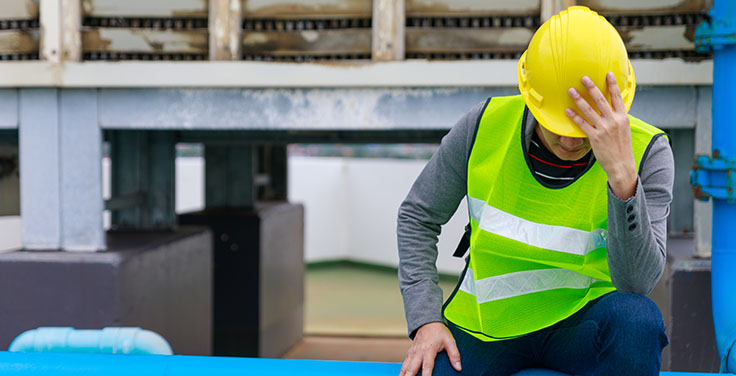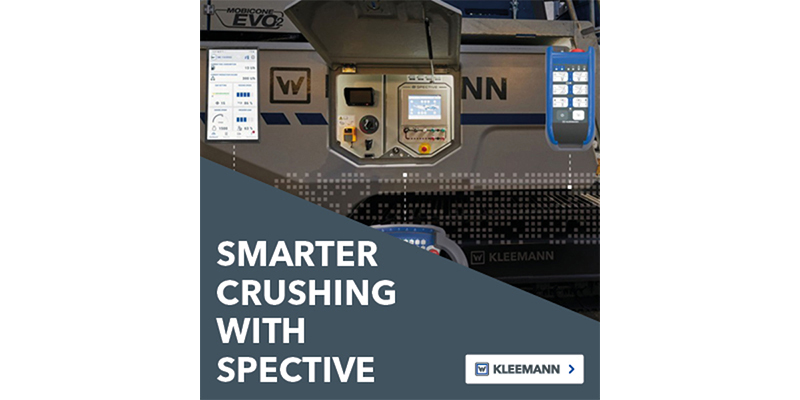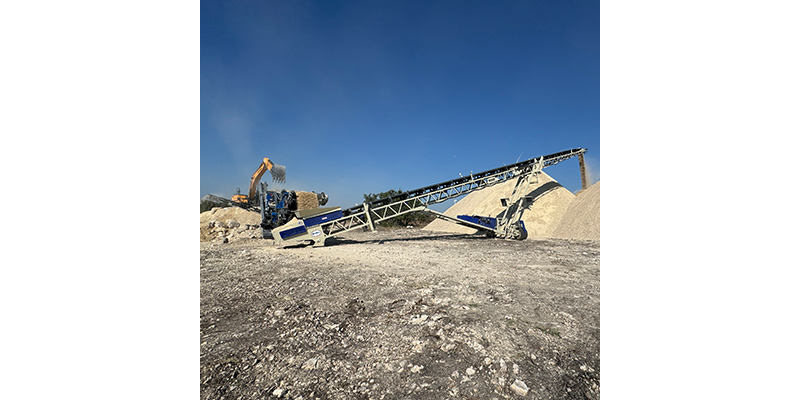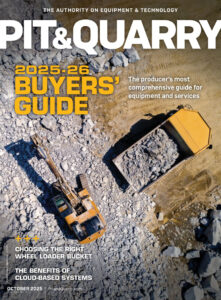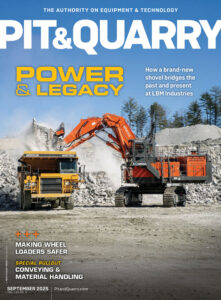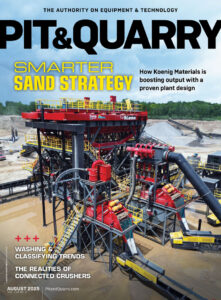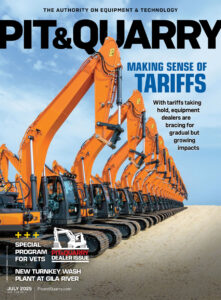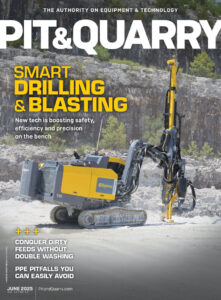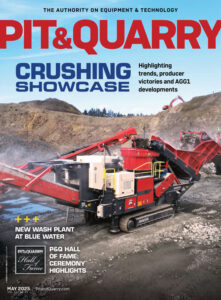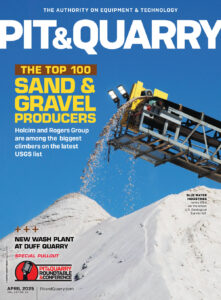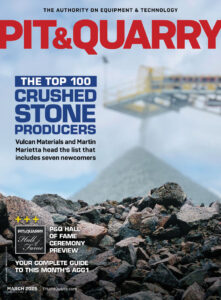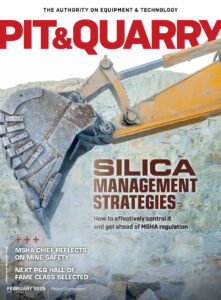Remember way back to my inaugural column last November when I detailed how hazards can be grouped into an acronym called “GEMS?”
Three of these four hazards – gravity, electrical and mechanical – are everywhere you look in pits and quarries. These can be very impactful to health and well-being.

That said, let’s dive into “gravity” as it relates to fall protection.
What is fall protection
Fall protection is simply employing safeguards within your work environment to help prevent you from falling to a lower level.
I’ve seen people struggle with understanding when fall protection is required. Legally, the thresholds vary.
For scaffolding, it’s 10 ft.; for construction work, 6 ft.; for general industry, 4 ft.; and for manlifts or work around crushers, fall protection is technically required at any height.
I advise clients not to get caught up in that regulatory game. Just use a common-sense approach to protecting employees from any fall. Some of the most serious injuries I’ve seen have occurred even from ground level.
Common types of fall protection
• Guardrails. Guardrail systems around a fixed plant are the most common type of fall protection I’ve seen in crushing plants.
Guardrails consist of a toe kick, a mid-rail and a top rail – but these could also be a continuous piece of metal mesh. Make sure these are in good shape, as plants take a beating from the elements, vibration and other factors.
Your daily mine inspection should note any deficiencies so they can be corrected immediately. Also, know that if you get on a ladder or scaffolding and thereby raise your elevation, the guardrail may become ineffective – meaning you’ll need additional fall protection.
• Aerial lifts. These are an excellent tool – when used correctly.
Aerial lifts can eliminate the need for scaffolding, ladders and working in an unsafe way to attain height.
While aerial lifts have built-in guardrails, those are not sufficient for fall protection if an aerial lift is mobile. If a moving aerial lift hits a rock, debris or another object, it could catapult you out of the basket.
This is why you always need to wear fall protection in a mobile aerial lift – regardless of how elevated the lift is. I have investigated several events where employees were thrown from the basket. The outcome is a devastating one.
• Engineered systems. By far, the two most common methods of fall protection I’ve seen in pits and quarries are guardrails and aerial lifts.
I’ve seen scenarios requiring additional engineering to solve – like working on top of pieces of mobile equipment that don’t have guardrails. In this specific case, we pulled the mobile equipment into a maintenance bay and engineered a system into the ceiling with retractable lanyards and beam clamps.
Just know you should consult an engineer when creating these systems, as you must ensure you have at least 3,000 lbs. of anchorage strength when using work positioning systems – and 5,000 lbs. when using fall protection systems.
These systems, which include harnesses, lanyards and engineered connection points and lines, must be inspected and often have expiration dates you must adhere to.
What to avoid
I’ve investigated a lot of falls over the past two decades, and they all have one thing in common: shortcuts were taken.
Here are a few items to seek out and not permit into your organization:
• Standing on guardrail systems
• Ascending and descending ladders or stairs with your hands full
• Attaining height through unapproved means (i.e., standing on chairs, standing on top of trucks, standing in loader buckets)
• Jumping to a lower level
• Using a stepladder in the closed position
• Not wearing a harness/lanyard while in an aerial lift
• Using a straight/extension ladder without having it secured (i.e., either footed by a team member or tied off
Final thoughts
To the supervisors and team leaders reading this: I encourage you to use this article at your next toolbox talk with your team.
Ask your team if they have any common work evolutions that give them concern. Talking about hazards leads to solutions.
I also encourage you to pay extra attention to your guardrail systems during your next daily zone inspection.
Steve Fuller has worked over the past 20-plus years with a variety of industries – including aggregates – in operational and safety leadership roles. Now representing Steve Fuller Company, he can be reached at steve@stevefullercompany.com.
Related: Avoid common PPE pitfalls with these effective practices

